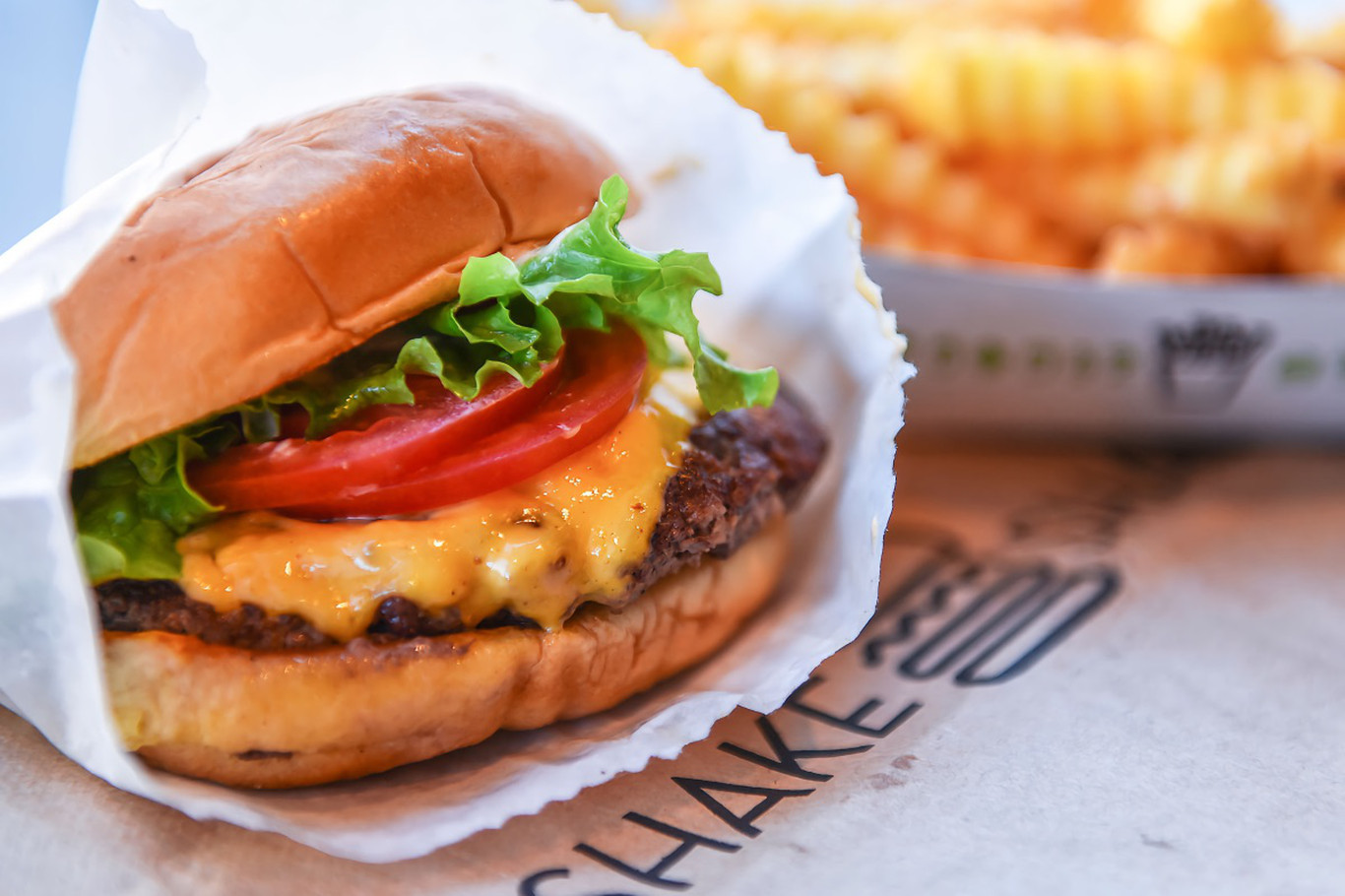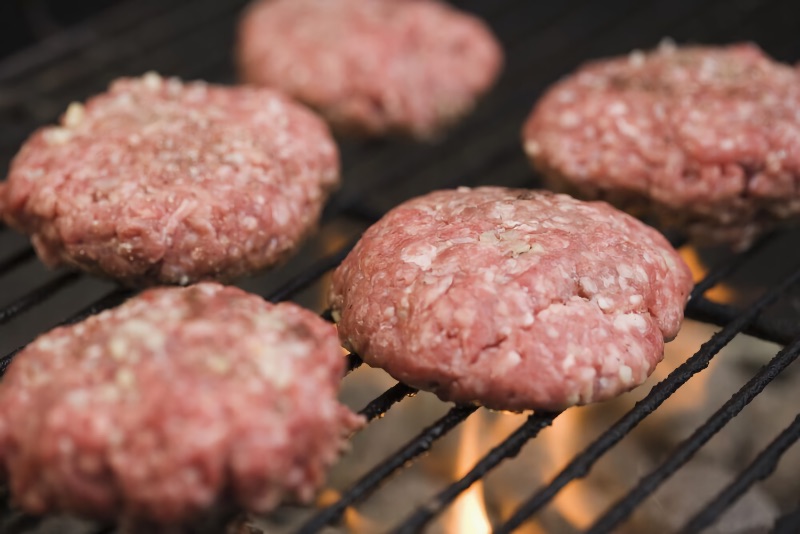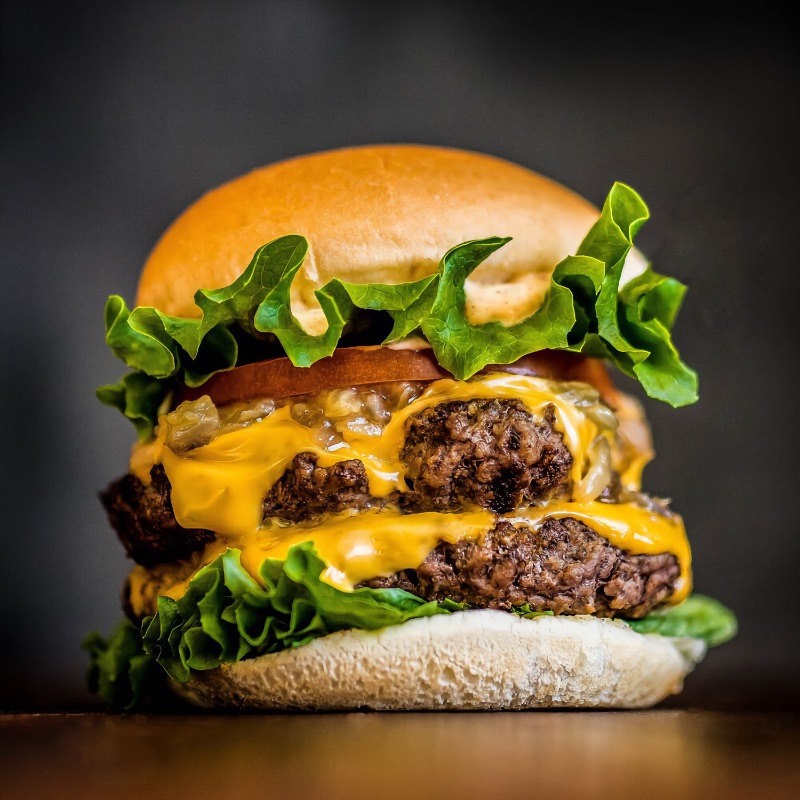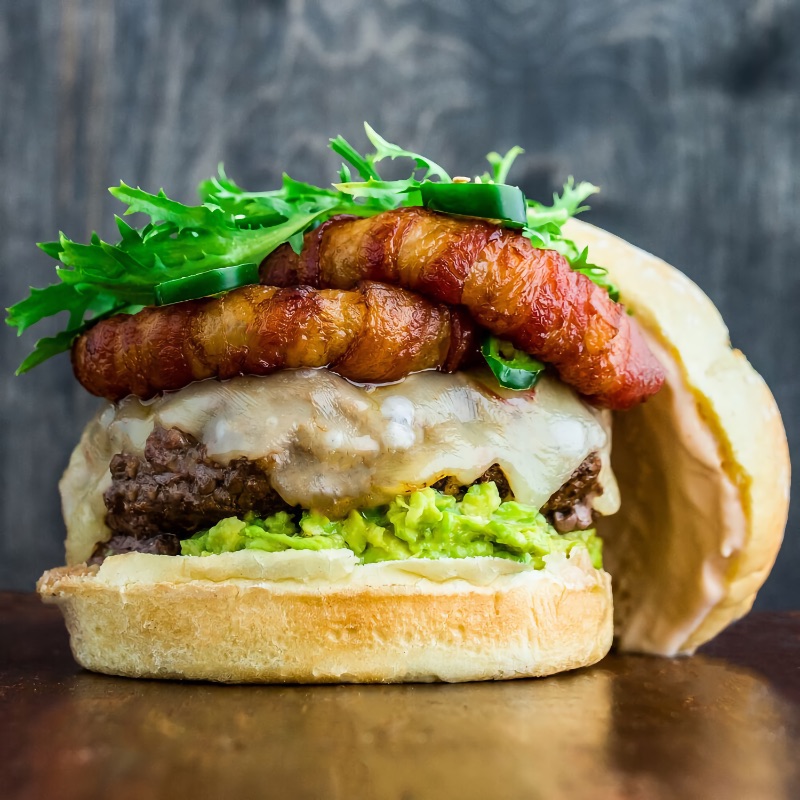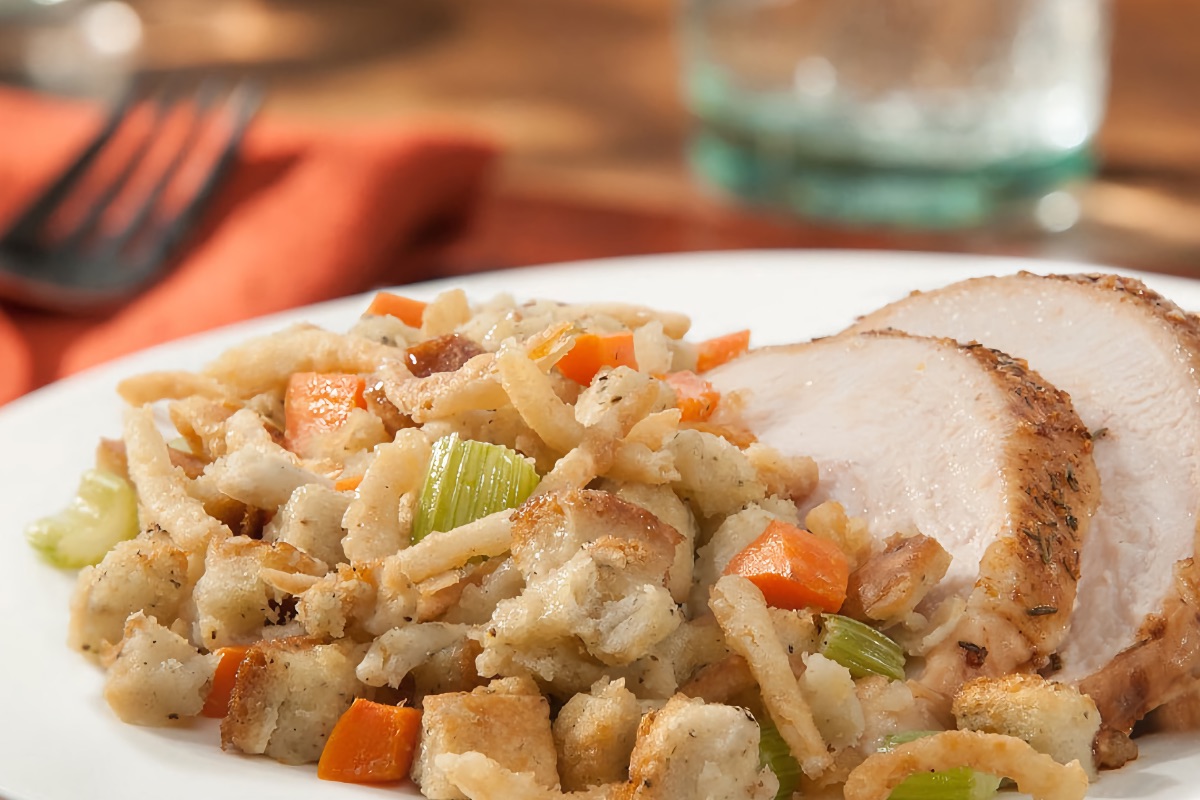Mark Rosati, the Culinary Director of Shake Shack, taste-tests hamburgers for a living, so it should come as no surprise that he loves making burgers at home. But he typically opts for a thicker patty—like the ones his dad used to make on a charcoal Hibachi grill at the beach—rather than the griddled smash burgers that Shake Shack has become known for.
In honor of National Hamburger Day, we chatted with Rosati about his tips for all things DIY burgers, from buying meat and shaping patties to deciding whether or not to grill a bun. All else aside, Rosati’s ideal burger is all about simplicity. “The less ingredients the better,” he says. All you really need is good beef, salt, and pepper.
Tip No. 1: Buy meat that’s well-marbled.
“One of the most important attributes to a great burger is that it has to be juicy. You want to find a meat that has a good amount of marbling, that’s the key to making a juicy burger. There are so many different cuts that make great hamburgers. Brisket, hanger steak. I think a good starting point is using some chuck and throwing in something like short rib. You can play around with the ratio, ask the butcher their opinion. Just don’t buy something like filet mignon because once it cooks it’s gonna dry out and become like leather.”
Tip No. 2: When grilling burgers, go for thicker patties.
“When I cook a burger on an open flame, I like to go for a 6oz or 8oz patty. You cook it longer to develop more caramelization on the outside, but you’re not gonna lose as much juice as you would if it was a thinner patty on open flame.”
Tip No. 3: Use a ring mold, not your hands, to shape patties.
“We’ve all had that experience where you take a patty and form it in your hands, and it almost looks like a flying saucer. Those types of patties have a tendency to puff up in the center and almost look like a meatball. The sides of the meat on the bottom don’t make direct contact with the grill grates, and you lose out on that caramelized flavor. I find packing the meat into a ring mold gives you a nice flat piece where the meat is all the same thickness, and you’re kind of diminishing the chances of it swelling up. I like to find a ring mold where I can get all the meat in there and pat it down so it doesn’t hang out over the top. I’ll put plastic wrap on the base of the mold and line the edges of the ring, pack the meat in there loosely, and then pull the ring off."
Tip No. 4: Use a meat thermometer to know when the burger is finished cooking.
“The more you cook burgers, the more you have a sense of when it’s ready. If you’re starting out, it’s good to have a thermometer. You never want to cut the burger open to see the temperature! All the juice will flow right out.”
Tip No. 5: Grill buns that are firmer (think a Kaiser roll). Leave buns that are softer (think a potato roll) at room temperature.
“When I cook, I always want my bun to be grilled because, by toasting the inside, you’re creating contrast of textures. As a rule of thumb, if the bun is more toothsome, I think you definitely want to get that softer by toasting or grilling it so when you bite into it it’s not so firm. You can get different effects in the overall experience of the burger depending on which way you go.”
Tip No. 6: Put jammier sauces directly on the patty. Put creamier sauces on the bun.
“If it’s something like a caramelized onion or a bacon, I’ll layer those elements on the patty as it’s cooking. As the cheese melts and the bacon starts to get soft, they kind of commingle. But mayo-based sauces I put directly on the bun so they stay more room temperature.”
Whether you decide to grill or griddle, mold or smash, remember Rosati’s biggest piece of advice: “What really makes burgers in the summertime fun is allowing your friends to put their own spin on it.” Rosati likes to put out the lone patties with a table full of condiments, from classic sauces like mustard to more unique toppings like furikake. Because what’s a summer BBQ if you can’t choose your own adventure?
This article was written by Nina Friend from Food & Wine and was legally licensed through the NewsCred publisher network. Please direct all licensing questions to legal@newscred.com.


